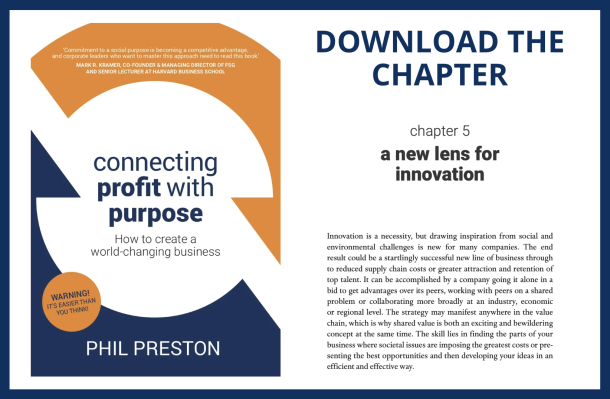We all put in the required amount and were expecting to disembark and board another mini-bus. Instead, the guide simply reached up above his head and turned on the aircon switch.
We felt duped and manipulated into thinking there was no aircon. From that point on, though, I’m glad to report that we had a fantastic tour!
There may be instances in your life where you’ve felt persuaded to do something that verged on manipulation?
As the saying goes, a magician has the most honest profession because they promise to deceive you … and they do!
How to Win Friends
Published in 1936, Dale Carnegie’s “How to Win Friends and Influence People” is a popular book to this day – achieving astounding success due to our innate desire to improve our lives.
It’s probably the original self help book, with a simple message conveyed in a very conversational and practical way.
The thesis is straight forward: take an interest in people and you’ll form stronger relationships, and when others feel appreciated and better understood it will increase the chances of opportunities opening up.
At face value, it’s hard to fault the idea of taking more interest in people as a pathway for achieving your goals – relationship building rather than relying on authority or other forms of advantage.
However, in my mind, it raises tricky questions:
- Is your interest genuine if the motivation is to gain something of greater value than you currently have from that person?
- Is this the ‘slow cooker’ or ‘play-the-long-game’ version of manipulation?
How do we navigate these issues?
Persuasion vs Manipulation
I recall a conversation with presentation skills expert, Michelle Bowden CSP, about this, where she challenged me to think about the ‘intention’ of the persuader.
If your intention is to gain at the other person’s expense, such as selling them an item they don’t really need, then that sounds more like manipulation.
On the other hand, if you manage to build and deepen a relationship that brings benefits for both parties – and perhaps others – then it’s coming from a place of positive intention.
It’s the pursuit of a win-win or win-with outcome, instead of win-lose. We’re constantly balancing the tension between what’s good for us and what’s good for others.
Lessons for Collaboration
We also tend to think of collaboration as being about working together for a common goal – and it is on one level – but we’re actually trading resources and skills in order to meet our own goals, otherwise there’s little incentive to invest in the process.
At the end of the day it comes down to intent:
What is the intention of each of the parties involved in the relationship or collaboration that you’re entering into?
It helps if you can delineate persuasion and influence from manipulation.

Phil Preston works with leaders and teams navigating and implementing change. He’s a keynote speaker, accredited master facilitator and business author who can be contacted via hello@philpreston.com.au










